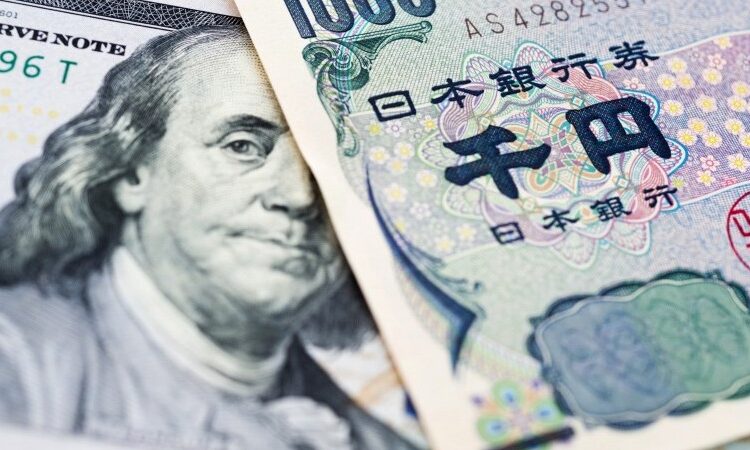USD/JPY is trading at 160.40 this morning after breaking through the levels that had triggered a large-scale FX intervention in April and touching 106.87 (38-year highs) overnight. FX intervention alarms are as loud as they get, but we have to make a couple of considerations.
First, Japan’s top currency official Masato Kanda had indicated in February that a 10 yen move in USD/JPY over a month was to be considered as “rapid”, implicitly offering some clues on the levels for intervention The latest moves have been described as “rapid”, but not “excessive”, which may be the new term for a 10 yen move in USD/JPY. In April, USD/JPY had risen from a low of 150 to a high of just below 160 over a little less than a month when Japan intervened, which is consistent with Kanda’s hint. In the past 30 days, the low was 154.60, which would by the same logic place the intervention level at 164/165.
Second, having already spent USD61bn on official FX intervention and USD/JPY moving back to 160 (and over) in less than two months before the first operation, the Minister of Finance’s moves must be weighed carefully. What has been clear is that FX interventions are a temporary measure to curb volatility, not a solution to a structurally oversold currency. Ultimately, Japanese officials know US macro and the Fed matter more than anything else for the yen, and there may be an incentive to wait until tomorrow’s core PCE before intervening again. Should US data fuel more USD strength, then intervention would become almost inevitable – but with the new line in the sand potentially closer to 165, as mentioned. We may well see more verbal intervention and potentially a rate check (the latter will be evident in price action) before any new round of FX intervention is deployed.
Finally, the role of Bank of Japan policy in all this must not be underestimated. There is a stronger case now for the BoJ to raise rates in July to support the currency, even if that is not explicitly considered as a motive for policy action. Still, with large wage rises coming through, and inflation expectations this morning rising to the highest in 20 years, we think there is enough backing from an price-projection perspective to see another two rate raises this year in Japan. That probably bodes well for a gradual recovery in a scenario where the Fed is moving towards easing, but in the near term, it’s all about urgent care more than long-term therapy for the yen.
Francesco Pesole


